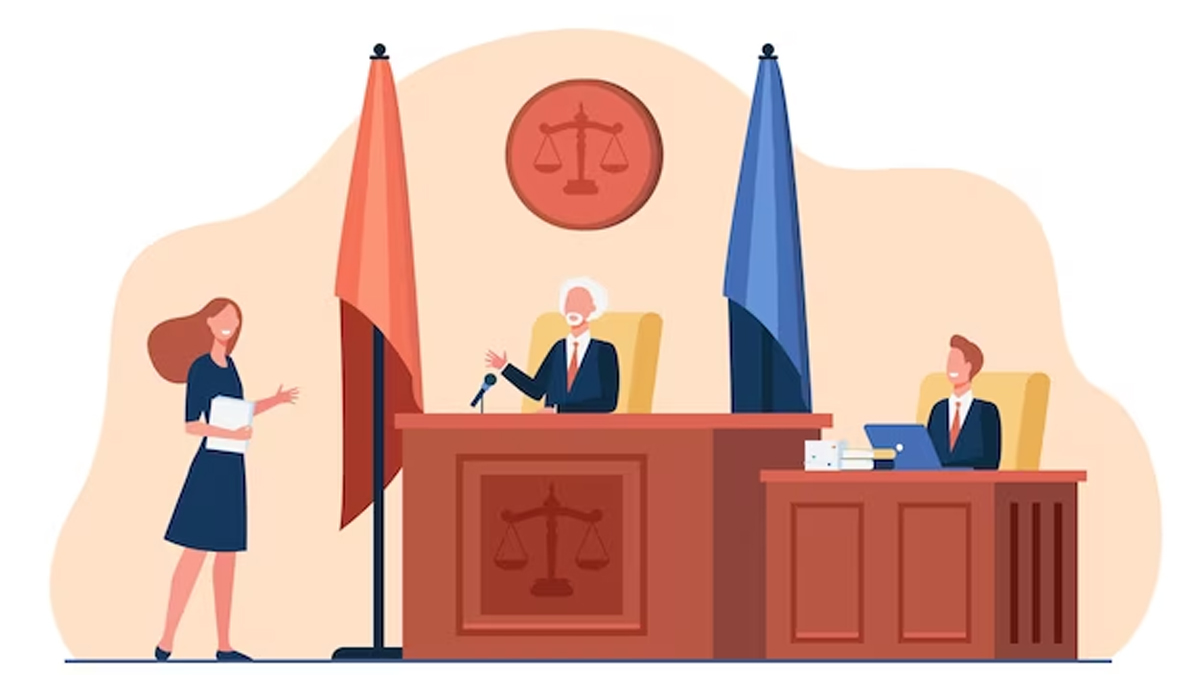This ruling was a pivotal moment in safeguarding individual rights and preventing the misuse of the power of arrest by law enforcement agencies. In this essay, we will explore the details of the Arnesh Kumar case, the importance of Section 41A Notices, and the implications of these guidelines.
I. Background of Arnesh Kumar vs. State of Bihar:
The case of Arnesh Kumar vs. State of Bihar arose from a petition filed by Arnesh Kumar, who sought to quash an FIR registered against him under Section 498A (cruelty to a wife) and Section 323 (voluntarily causing hurt) of the Indian Penal Code (IPC). Arnesh Kumar’s primary grievance was that he had been arrested without proper investigation, and the police had not issued a Section 41A Notice before taking him into custody.
II. Section 41A of the Code of Criminal Procedure (CrPC):
Section 41A of the CrPC, introduced by the Criminal Law (Amendment) Act, 2008, was at the heart of the Arnesh Kumar case. This section pertains to the procedure to be followed by the police in cases where the punishment is less than seven years of imprisonment. It mandates the issuance of a notice to appear before the police officer concerned for recording the statement. Only if the person fails to comply with the notice, the police may proceed with arrest. Section 41A was introduced to prevent the arbitrary arrest of individuals and to protect their fundamental rights.
III. Arrest as an Exception:
The Supreme Court’s ruling in Arnesh Kumar vs. State of Bihar made it abundantly clear that arrest should not be the immediate response in cases where the alleged offense carries a punishment of less than seven years of imprisonment. The Court emphasized that arrest should be an exception, not the rule. This is a crucial safeguard against the misuse of the power to arrest, which can have far-reaching consequences on an individual’s life, reputation, and personal liberty.
IV. Preventing Arbitrary Arrests:
One of the primary objectives of Section 41A and the Arnesh Kumar ruling was to prevent arbitrary arrests. It is well-established that the power to arrest should be exercised judiciously and only when absolutely necessary. Issuing a Section 41A Notice before arrest allows the individual to be informed of the charges against them, consult with legal counsel, and present their side of the story. This procedural step ensures that the police do not resort to unnecessary arrests based on mere allegations.
V. Protection of Individual Rights:
The Arnesh Kumar case and Section 41A Notices play a crucial role in protecting individual rights. Arrests can result in serious infringements of personal liberty, reputation, and even physical well-being. By making arrest the exception rather than the rule, the judiciary and legislature recognized the need to balance the interests of law enforcement with the fundamental rights of citizens. This approach aligns with the principles of justice, fairness, and due process.
VI. Safeguarding Against False and Vexatious Complaints:
One of the arguments in favor of the guidelines laid down in Arnesh Kumar vs. State of Bihar is that they help safeguard against false and vexatious complaints. In many cases, individuals are falsely accused of criminal offenses due to personal vendettas, disputes, or ulterior motives. By requiring the issuance of Section 41A Notices, the police can conduct preliminary investigations to assess the veracity of the allegations before making an arrest. This protects innocent individuals from wrongful detention.
VII. Reducing Congestion in Prisons and Courts:
Another significant benefit of making arrests the exception in cases with punishments less than seven years is the reduction in prison congestion and the burden on the judiciary. India’s prisons are often overcrowded, and a substantial number of undertrial prisoners are detained for extended periods. By discouraging unnecessary arrests, the criminal justice system can focus its resources on more serious cases, thereby reducing delays in trials and improving overall efficiency.
VIII. Police Accountability and Training:
The Arnesh Kumar ruling also underscored the importance of police accountability and proper training. Law enforcement agencies were reminded that they must exercise their powers responsibly and in accordance with the law. The decision encouraged the development of guidelines and training programs for police officers to ensure that they understand the nuances of Section 41A and the importance of respecting individual rights.
IX. Balancing Public Interest and Individual Rights:
It is essential to strike a balance between the public interest in maintaining law and order and the protection of individual rights. While the police play a critical role in the criminal justice system, it is equally important to prevent abuse of power. The Arnesh Kumar case and Section 41A Notices offer a balanced approach by allowing arrests when necessary while promoting transparency and accountability.
X. Challenges and Concerns:
Despite the positive impact of the Arnesh Kumar ruling and Section 41A Notices, there are certain challenges and concerns. Some argue that these safeguards may hamper effective law enforcement, particularly in cases where evidence could be tampered with or witnesses influenced if the accused is not immediately arrested. Striking the right balance between individual rights and law enforcement efficiency remains a challenge.
Conclusion:
The Arnesh Kumar vs. State of Bihar case and the introduction of Section 41A Notices in the CrPC represent a significant step towards protecting individual rights and preventing arbitrary arrests. By making arrests the exception in cases where the punishment is less than seven years of imprisonment, the judiciary and legislature have emphasized the importance of safeguarding personal liberty and due process. These guidelines not only reduce the risk of wrongful detention but also contribute to the efficient functioning of the criminal justice system.
It is imperative that these principles are upheld, and law enforcement agencies are trained and held accountable for their actions. Striking the right balance between public interest and individual rights remains a challenge, but the Arnesh Kumar case serves as a beacon of hope in the quest for a fair and just criminal justice system in India.
